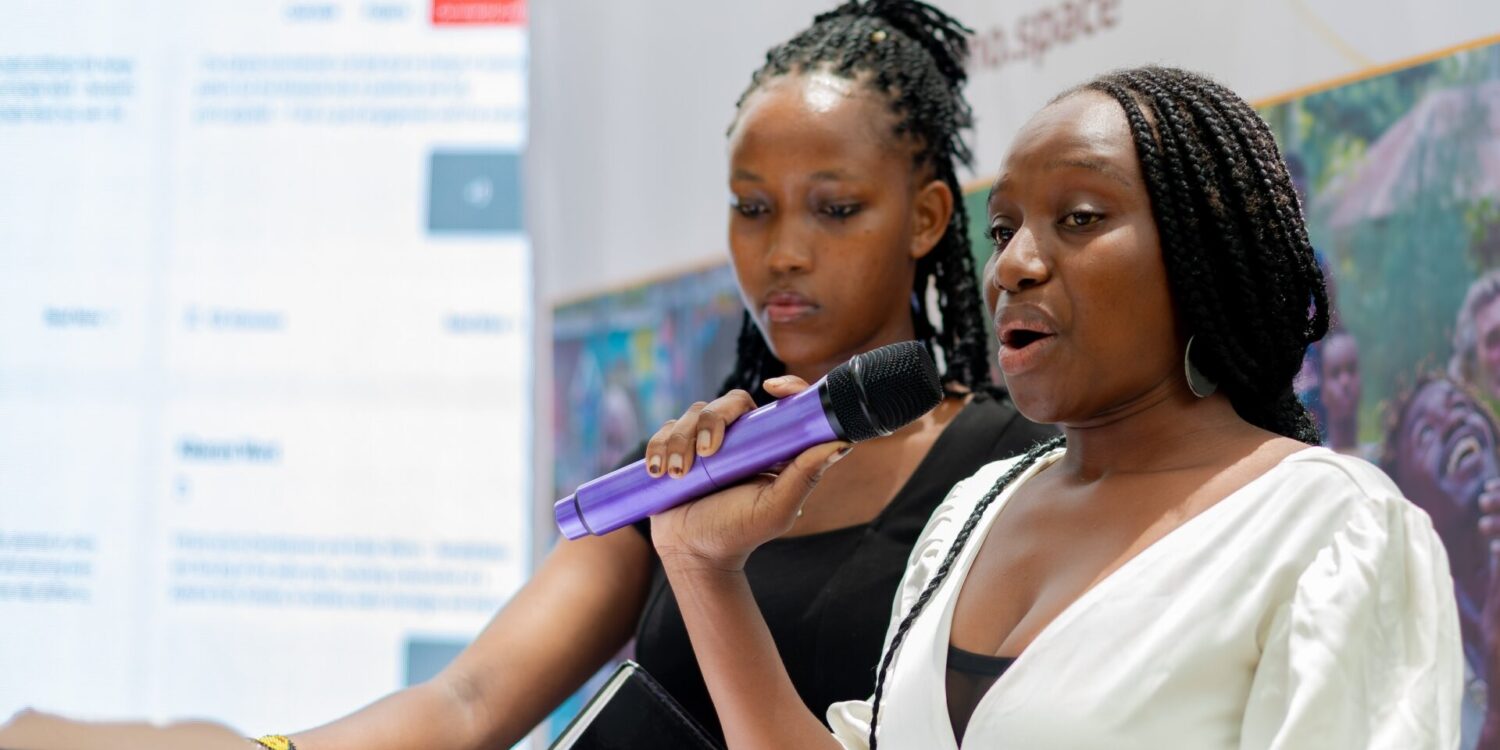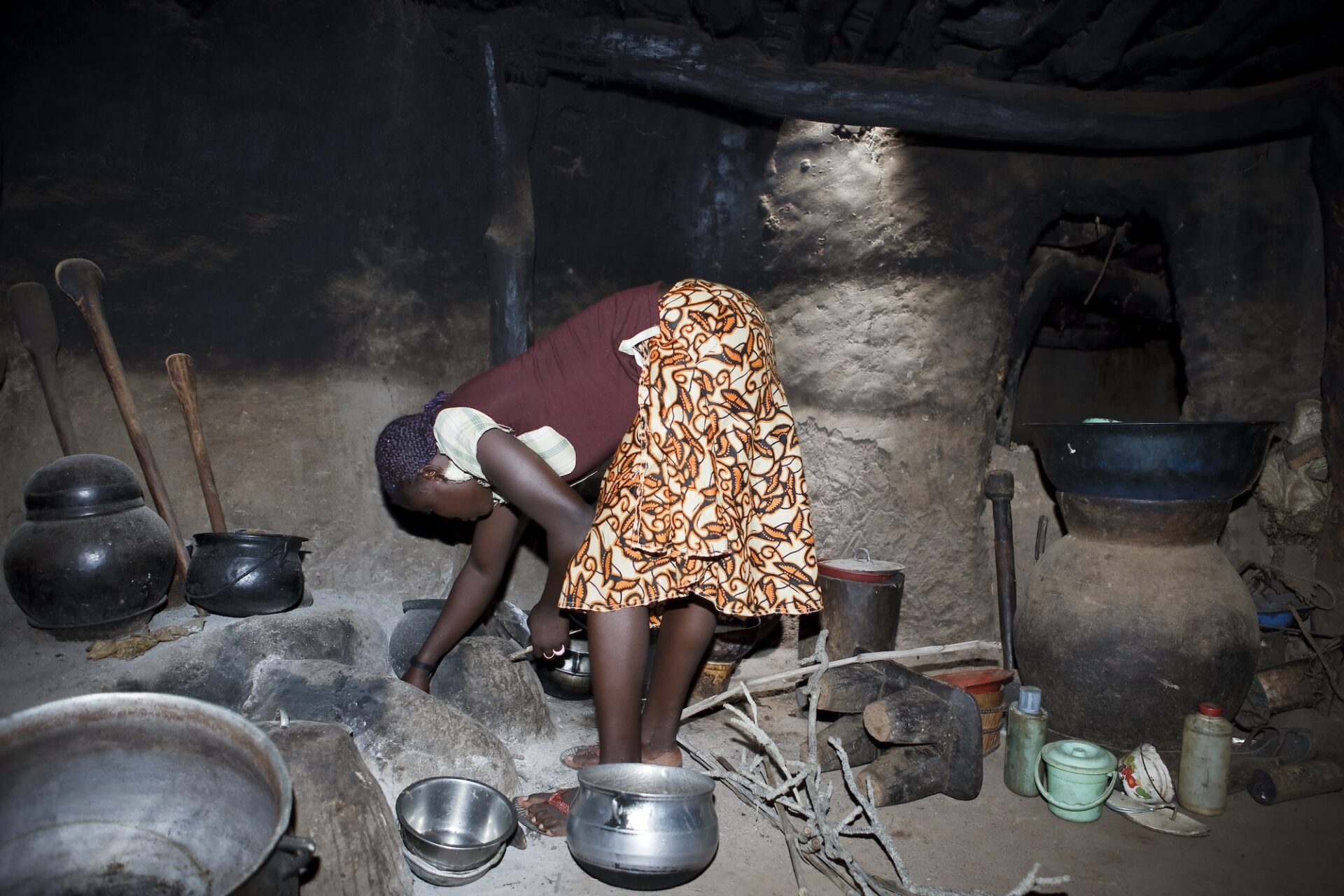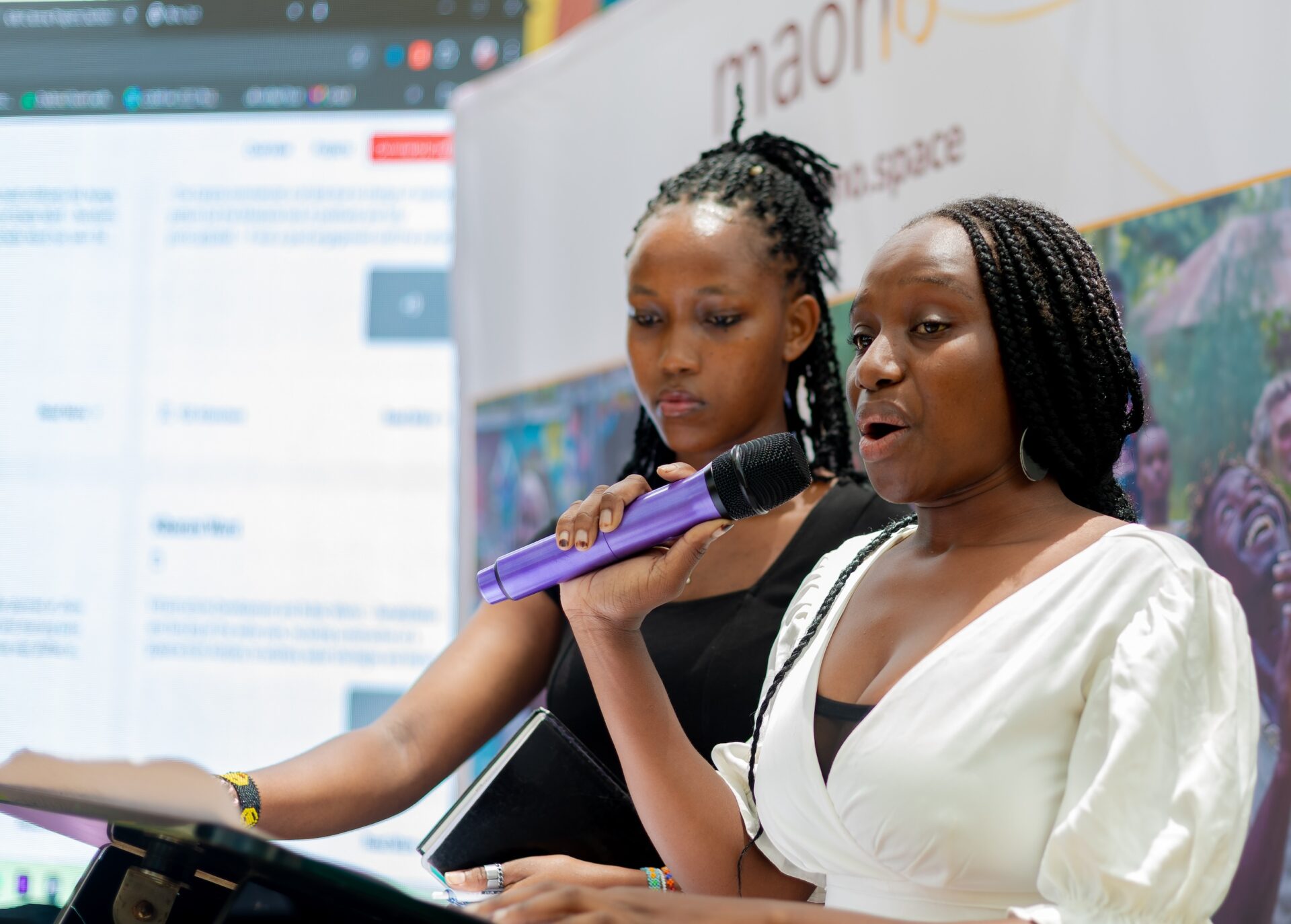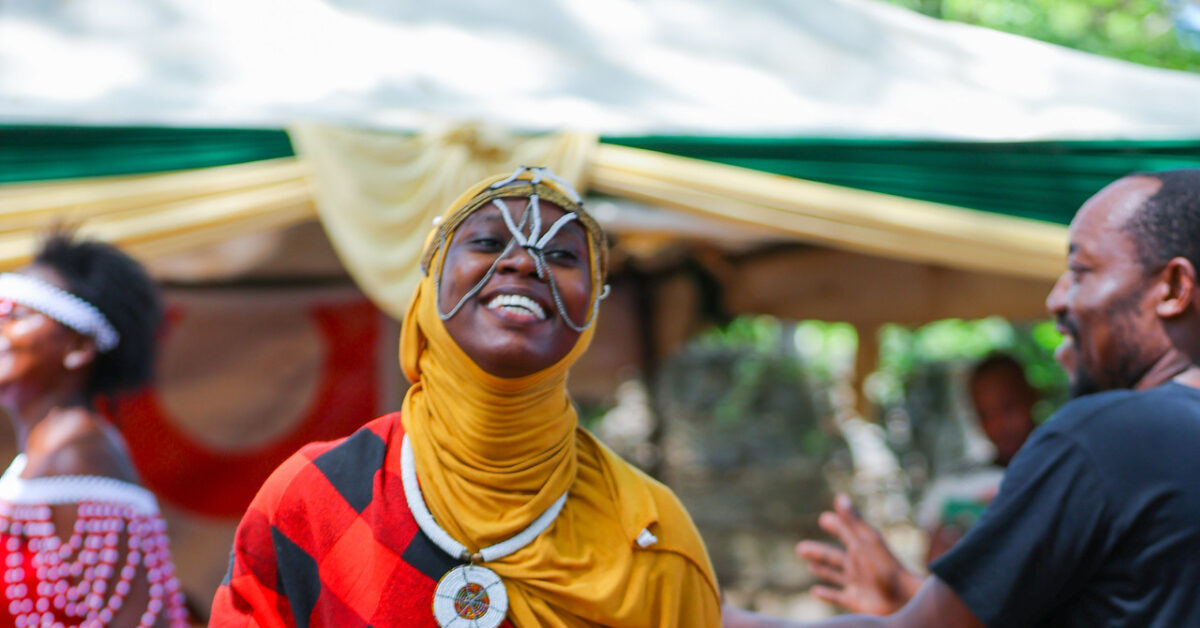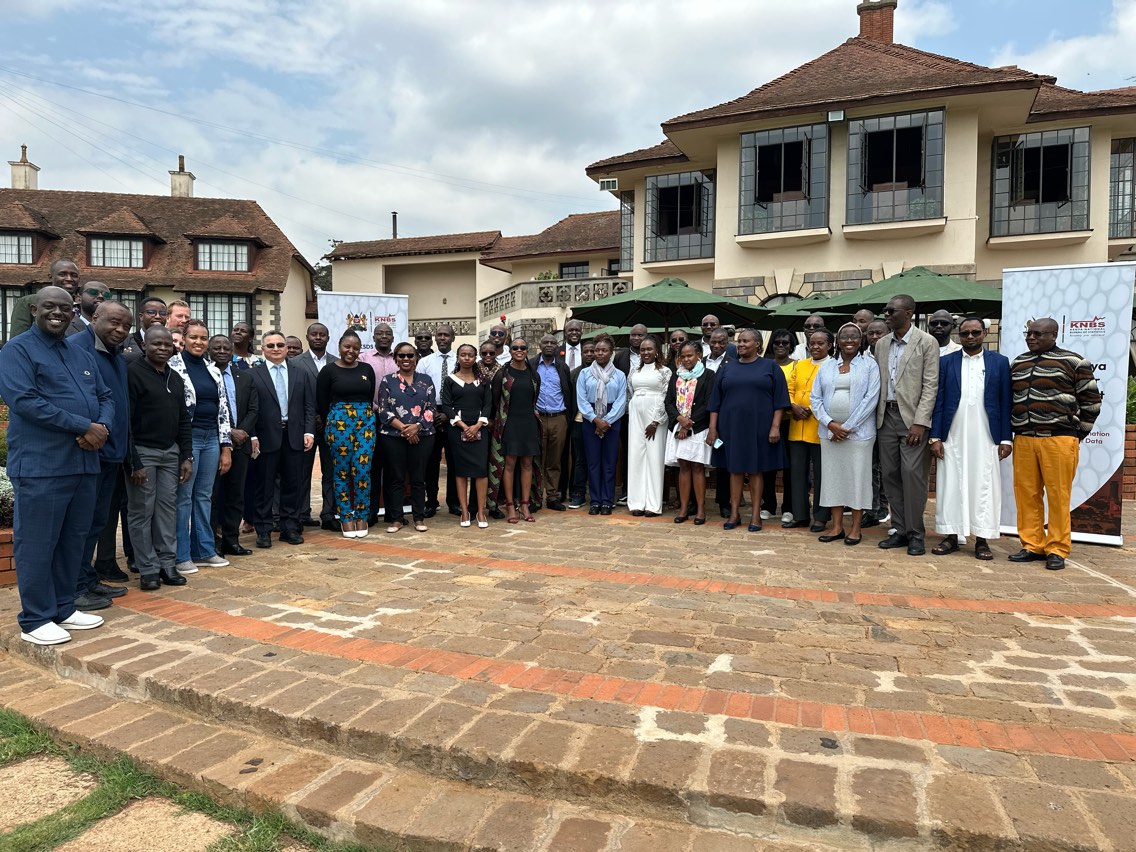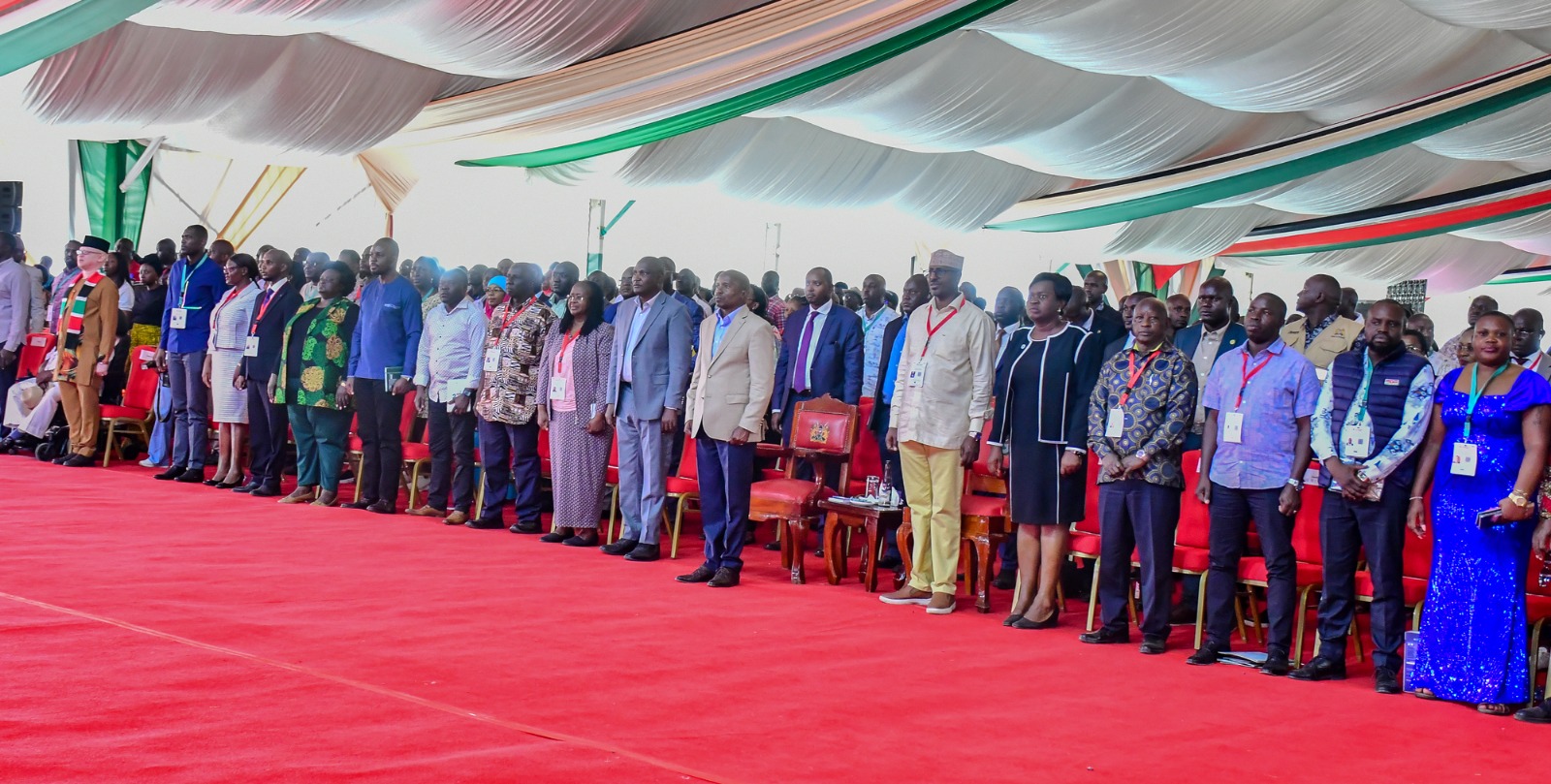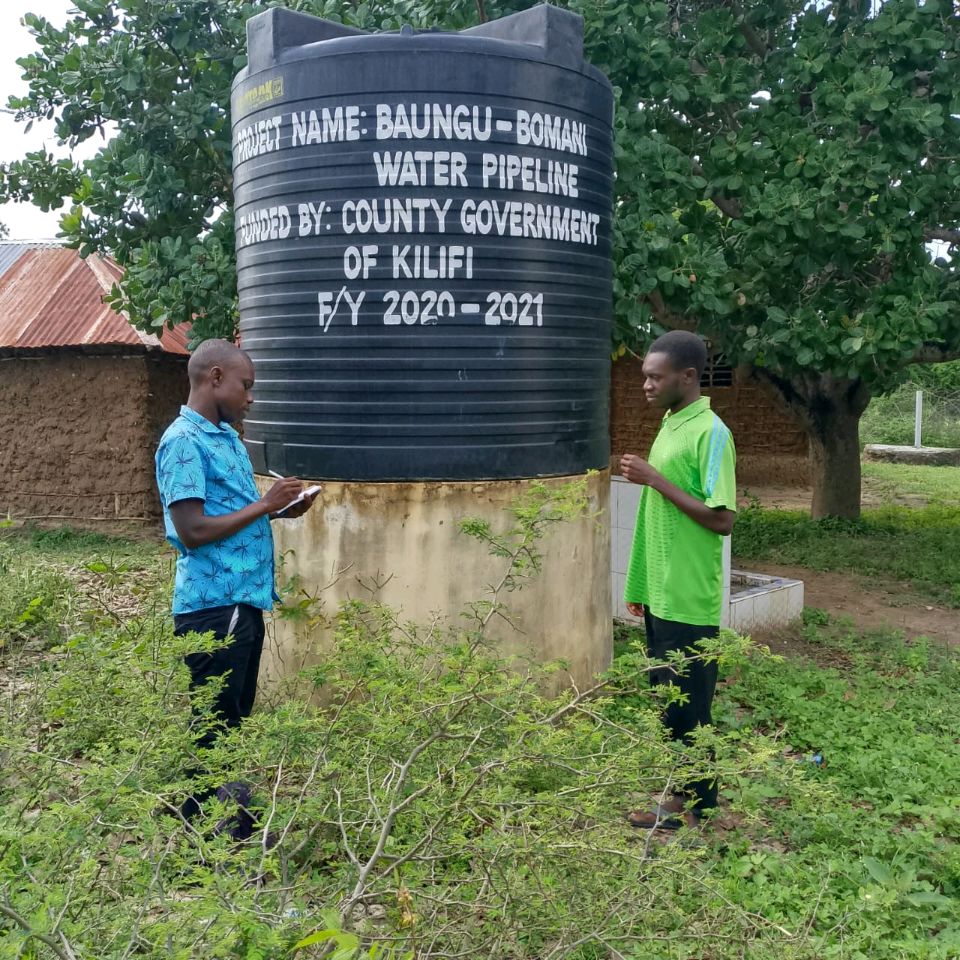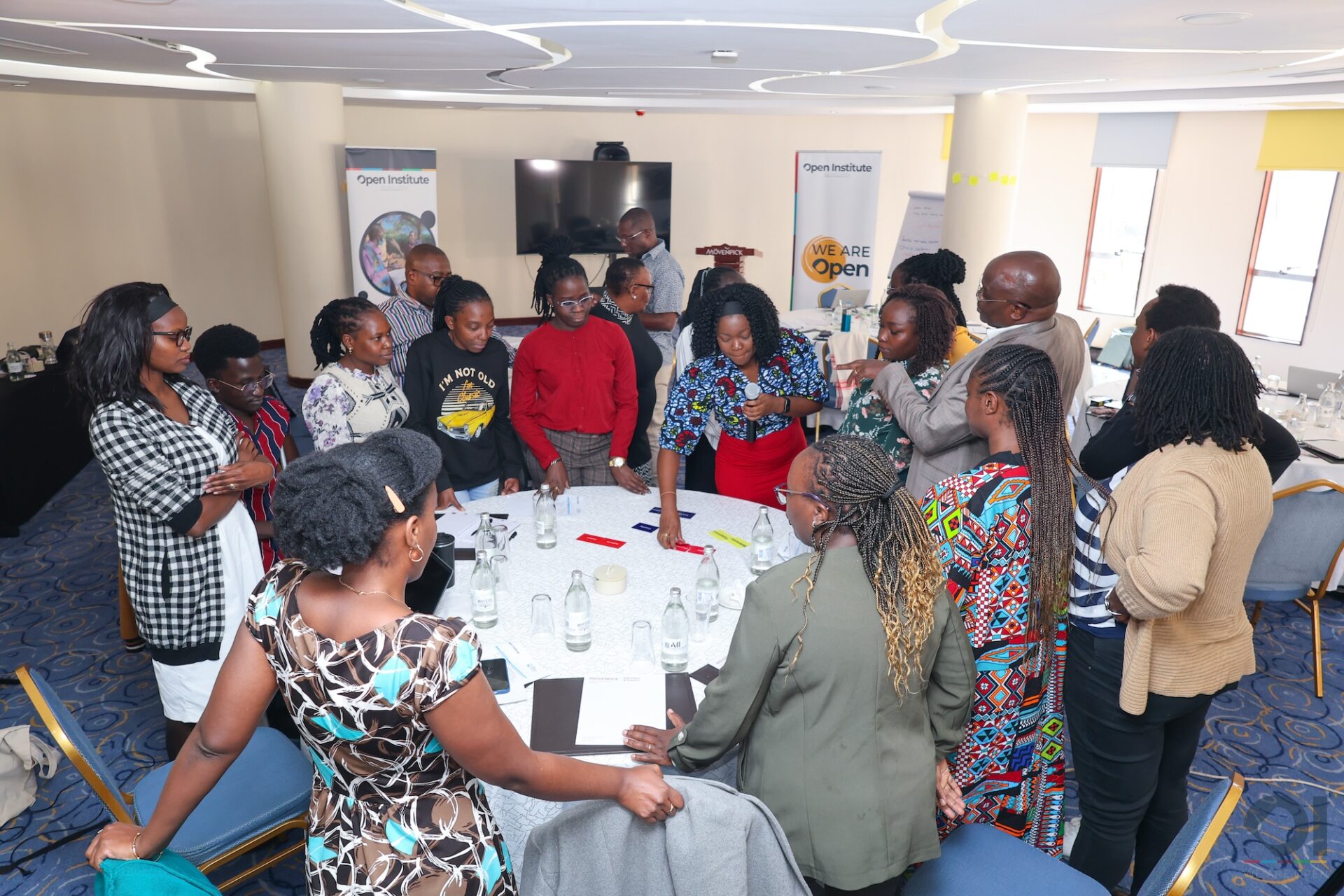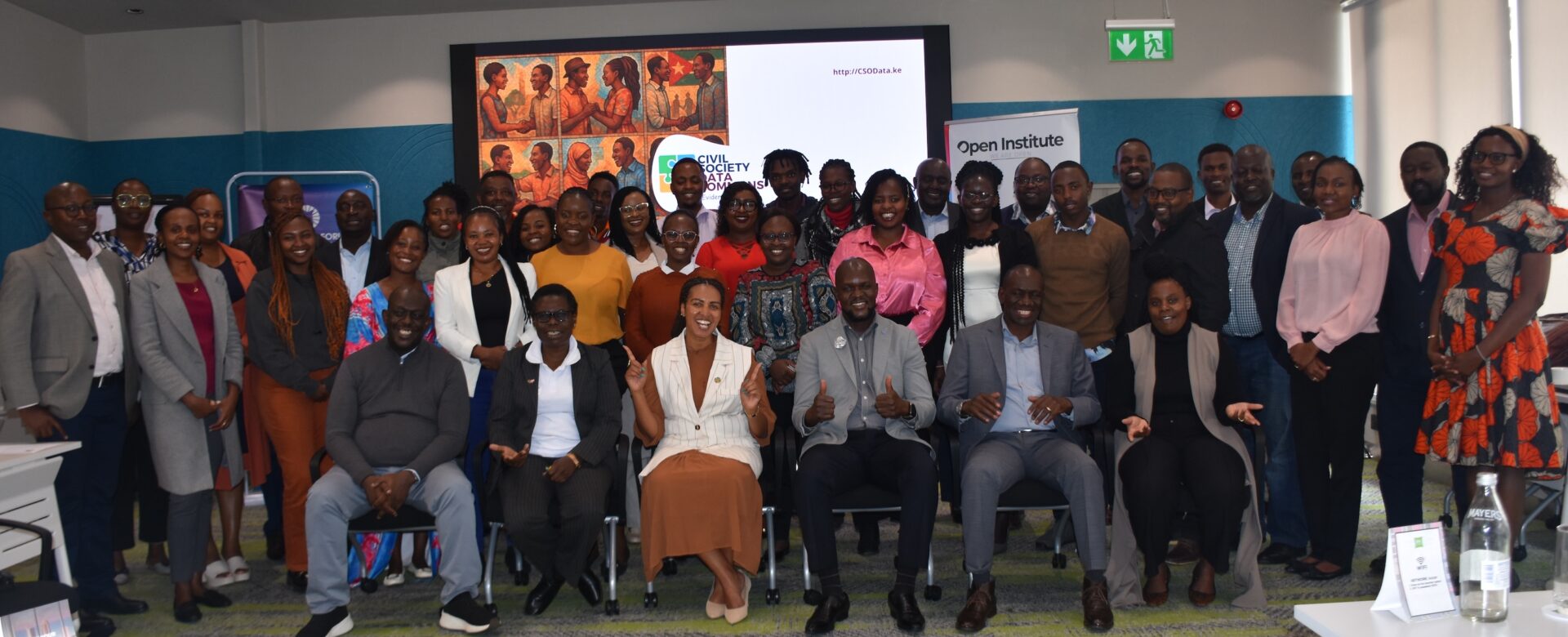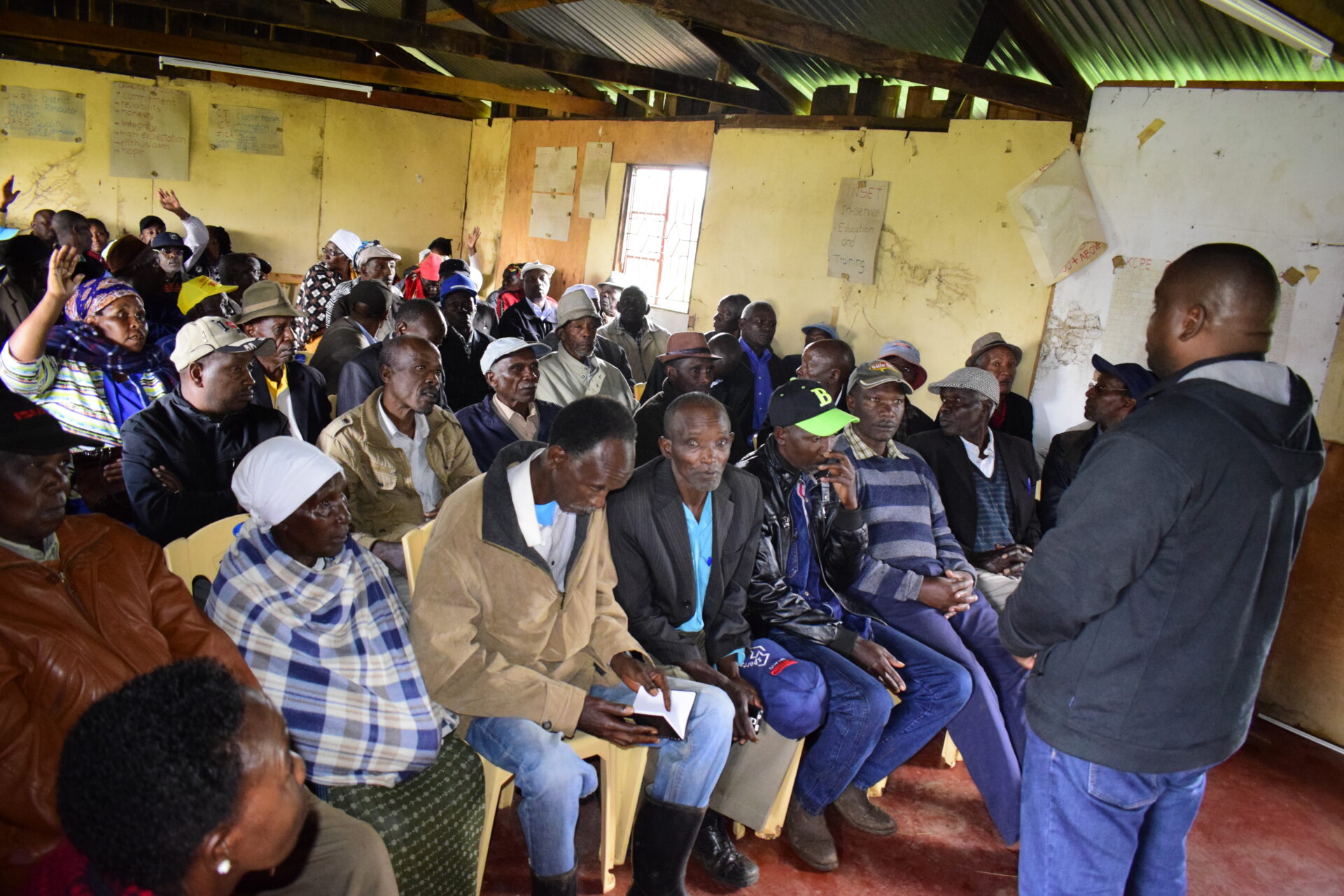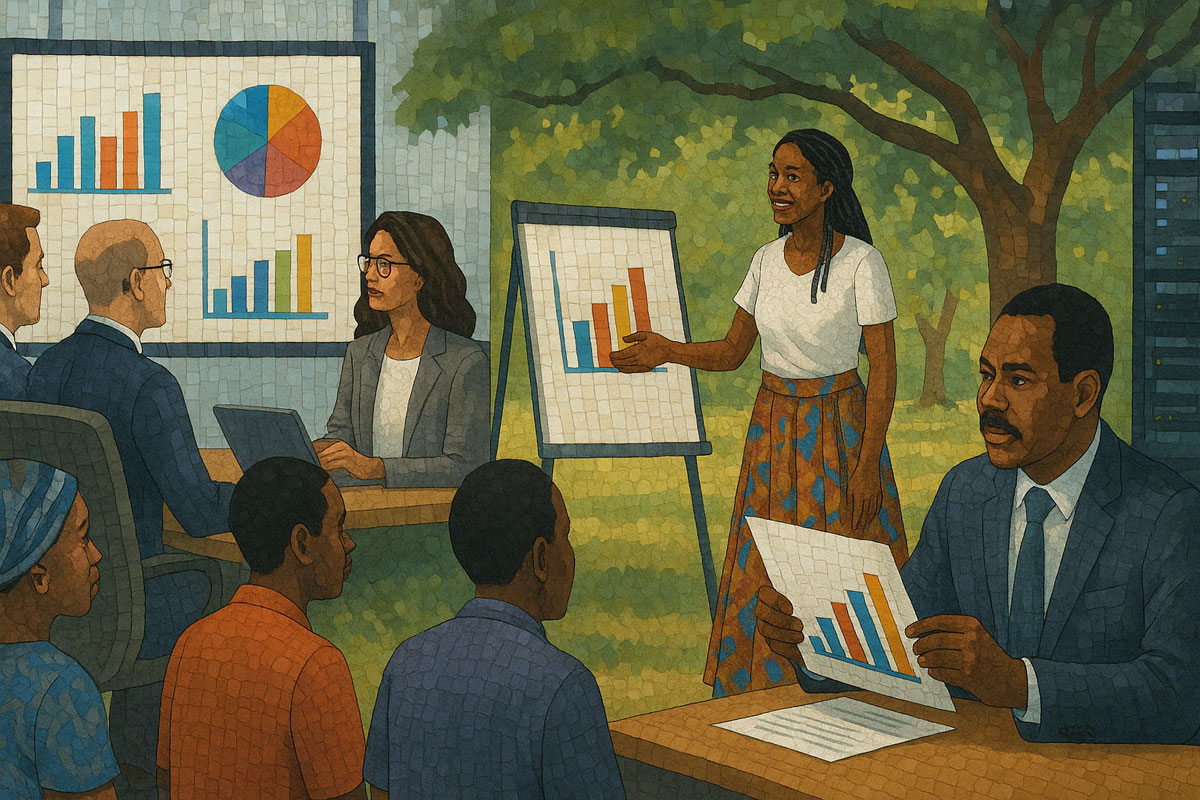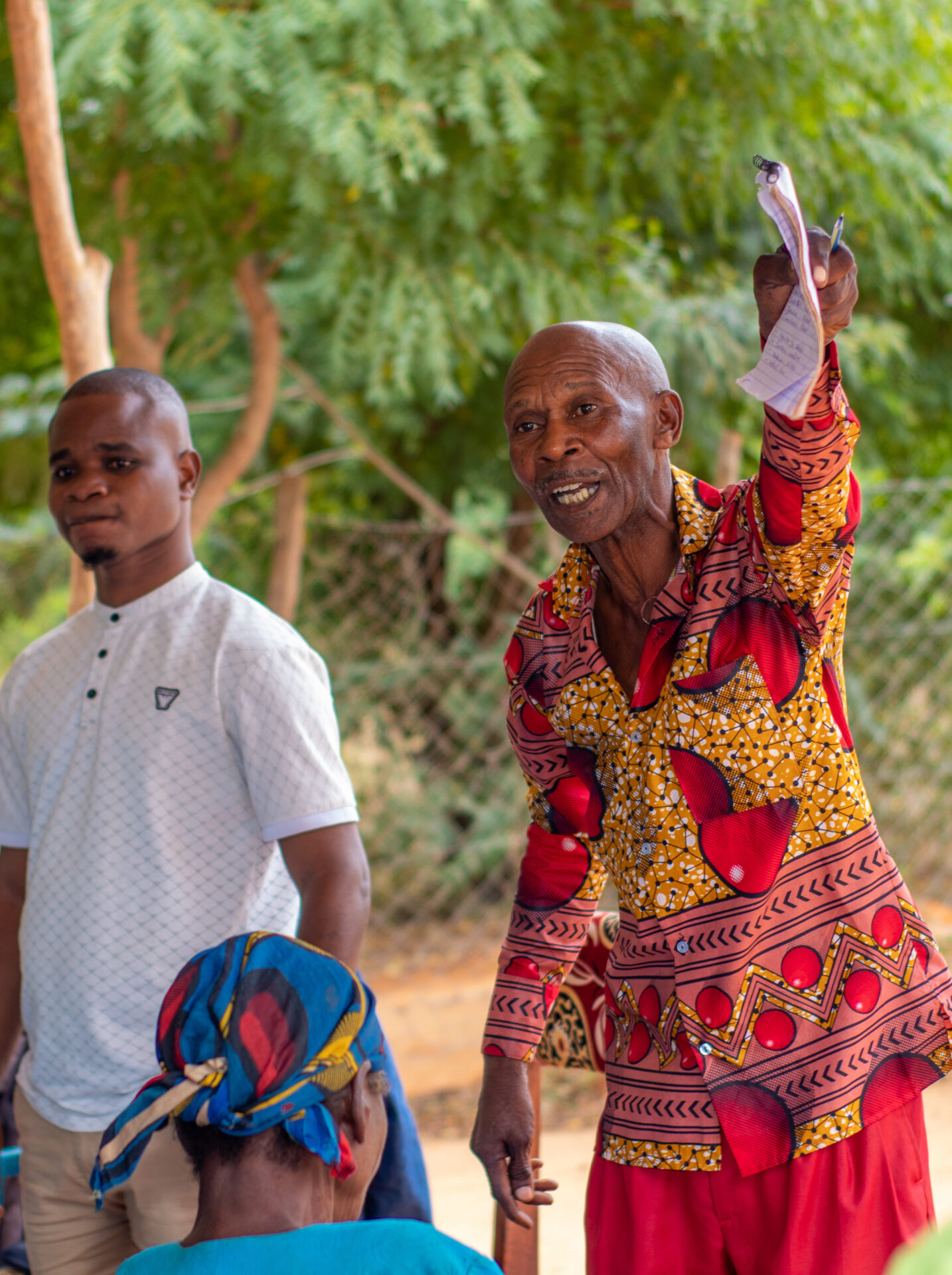Kenya’s devolved system of governance demands new models for public participation, accountability, and citizen–government dialogue. The Constitution of Kenya (2010) enshrines public participation as a guiding principle at both national and county levels. This means that citizens are not passive observers in governance but active shapers of development.
At the heart of this is active citizenship, where people are directly involved in decisions that affect their communities. Sovereign power belongs to the people, and governments exist to serve them. But for citizens to truly influence governance, they need access to information, tools, and spaces that give them the power to hold their leaders accountable and articulate their priorities.
Building an Open Society in Kilifi
Over the past few years, we have worked closely with Kilifi County to strengthen active citizenship. Our belief is simple: an open society requires both active citizens and responsive governments—governments that are transparent, willing to listen, and ready to act on citizen input.
Kilifi is emerging as a strong example of this openness. The county has embraced dialogue with citizens, especially young people, by involving them in mapping public projects and generating evidence for decision-making.
- In 2023, youth in Kilifi mapped all trade projects across the county.
- Earlier, they had mapped every health facility and education facility.
- This year, they went further—collecting data on all 3,764 county projects.
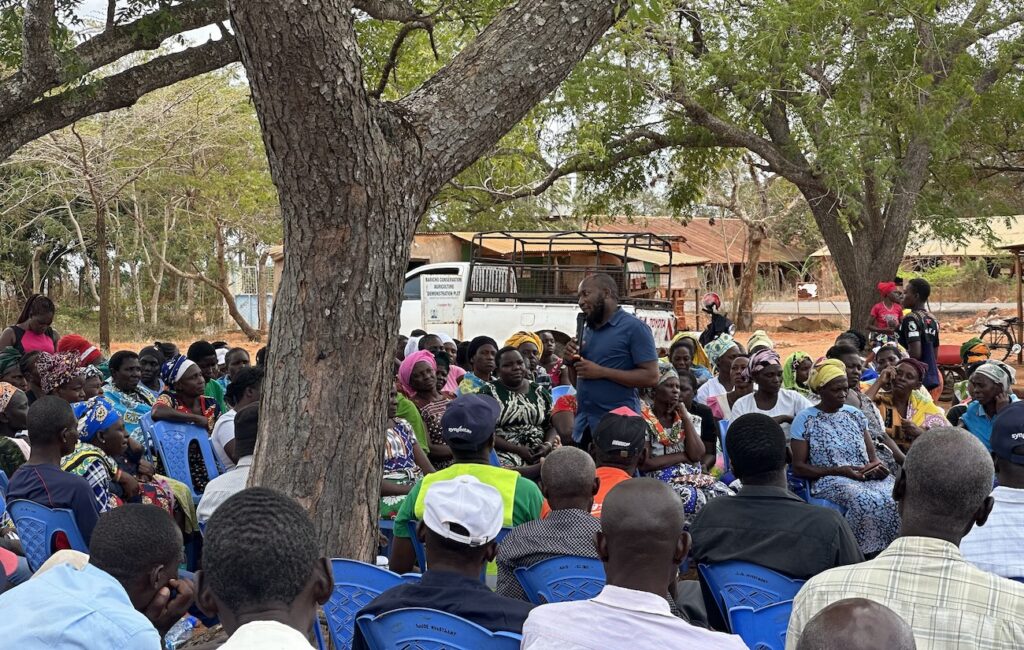
In September 2025, this data was taken back to the community, where youth leaders verified and enriched it with feedback from residents. Priorities consistently emerged around water, roads, health, and education, while frustrations centered on incomplete projects and mistrust in government-led forums.
Citizens’ Voices: Frustration and Hope
Community feedback painted a mixed picture:
- Some citizens were satisfied with the development in their wards.
- Others expressed disappointment at stalled or incomplete projects.
- Many felt ignored and described their engagement with the government as tokenistic.
Yet, citizens were also clear: they wanted their voices heard and their priorities taken seriously.
In some wards, residents spoke with pride about the progress made: new schools, improved health centers, or roads that made life easier. “At least we can see something changing in our area,” one citizen shared.
But many others voiced frustration. Stalled and incomplete projects were a common grievance, with citizens feeling ignored by the very leaders meant to represent them. “They ask us to give our views, but nothing happens after that. It feels like they don’t listen,” another resident lamented.
Beyond these sentiments, there were structural hurdles too. Poor roads in some areas affected accessibility for barazas from both the citizens and the youth leaders. In some wards, disagreements between county and national government administrations blocked approvals for community meetings. In others, barazas were deliberately derailed — citizens would arrive only to find a competing meeting called to prevent discussions from taking place.
Still, despite the obstacles, the process moved forward. Across most wards, citizens came together, shared their priorities, and ensured their voices were heard. Kilifi citizens demonstrated resilience, showing that they were determined to claim their place in shaping development.
When Voices Met Power: The October 1st Maono Dialogue
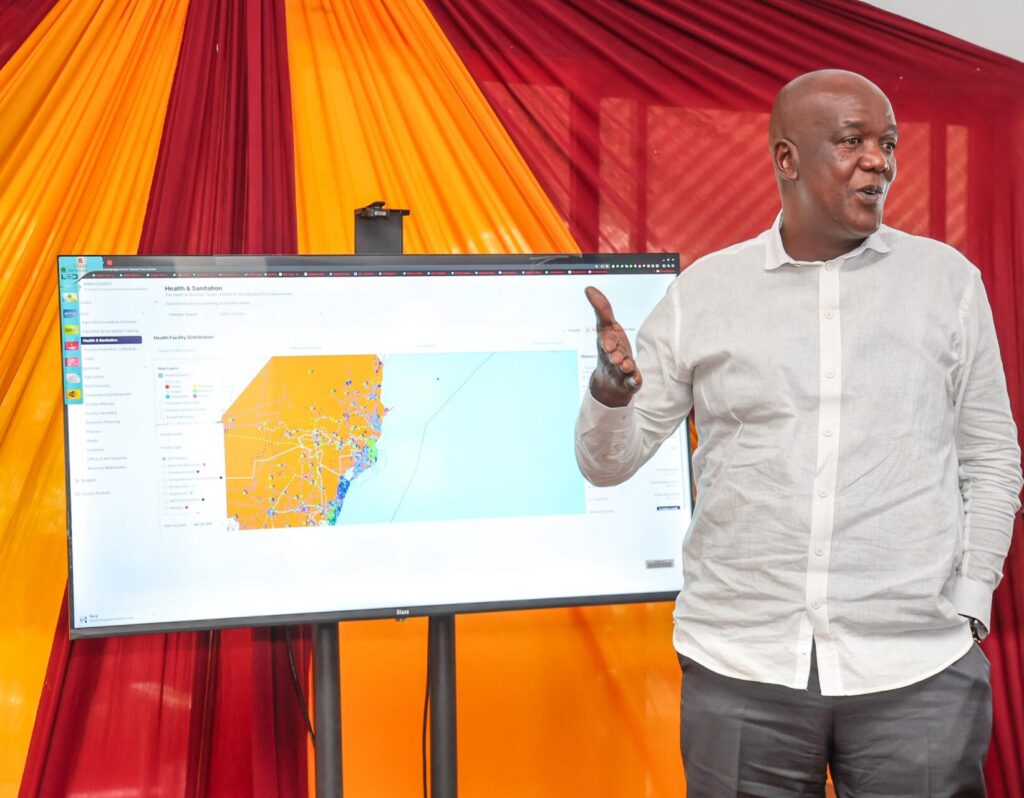
On October 1st, something remarkable happened. At Maono Space in Malindi, Governor Gideon Mung’aro and his full cabinet sat down with citizens to directly engage on the data.
The process began with reviewing county project data consolidated from multiple departments into one unified platform. This made it easier for leaders to:
- See the status of all county projects in one place.
- Scrutinise progress and identify gaps.
- Begin making evidence-based decisions.
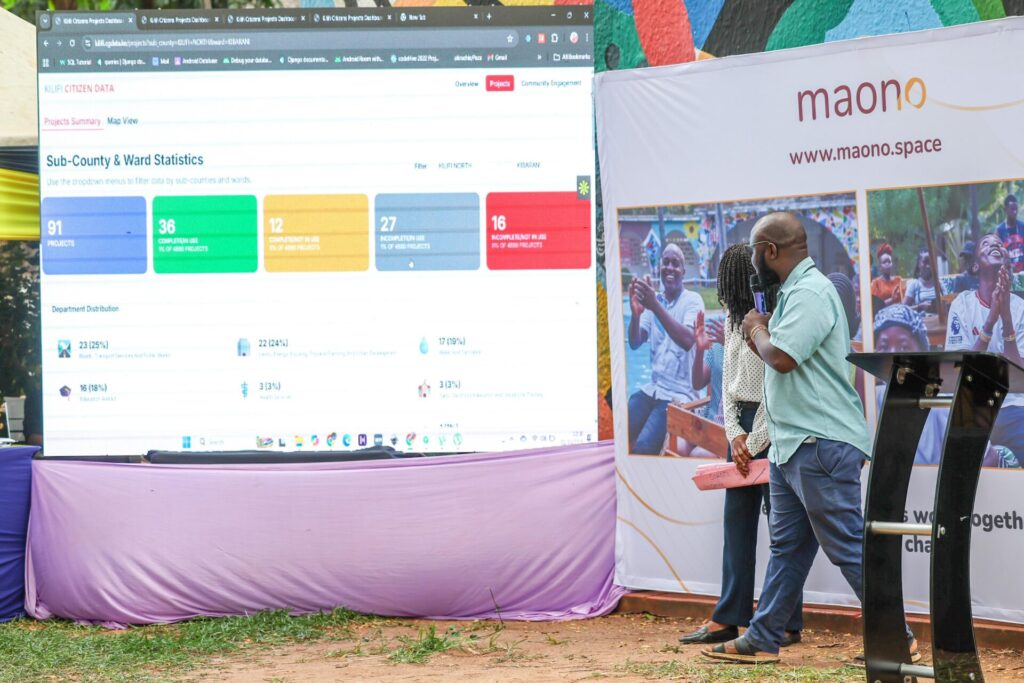
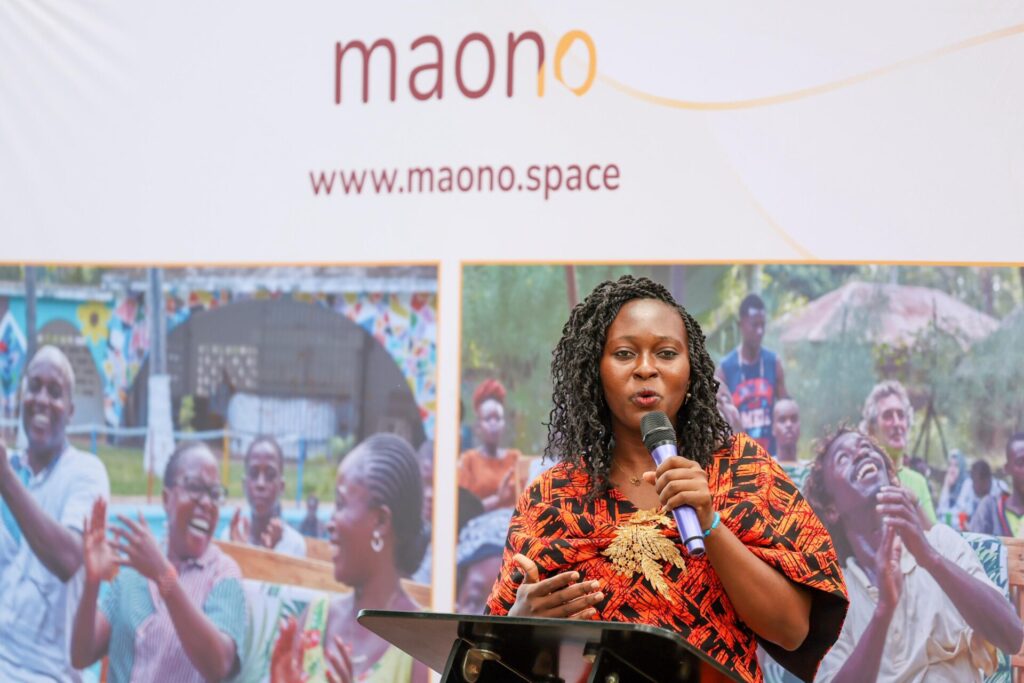
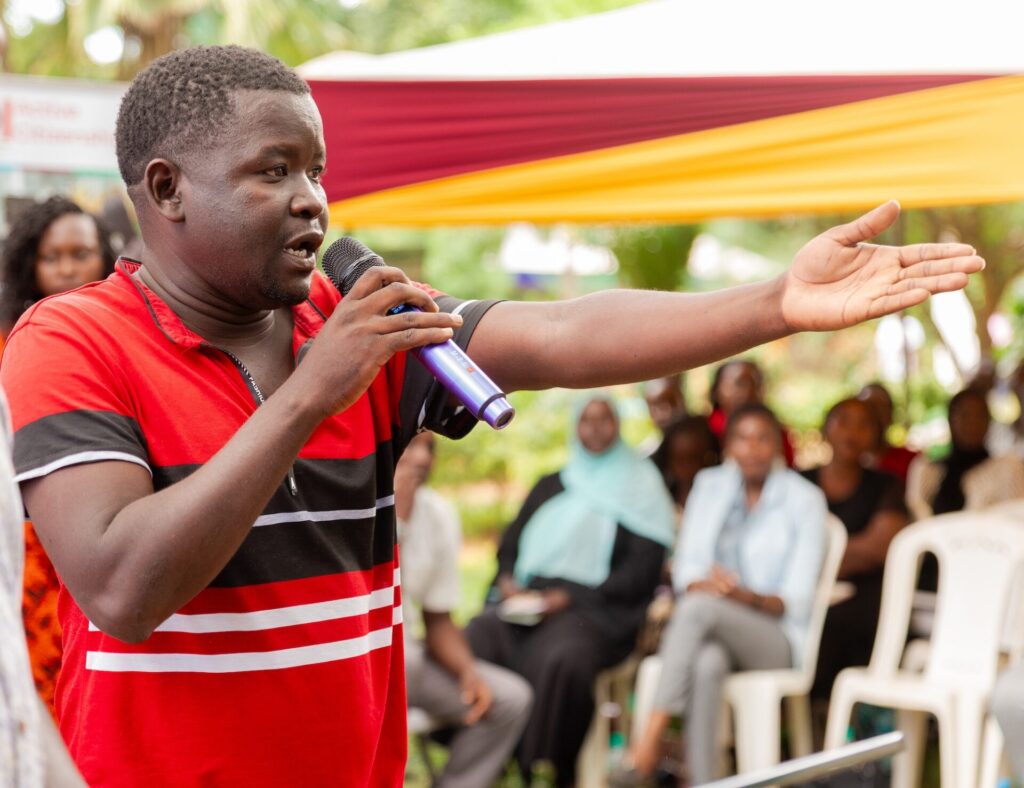
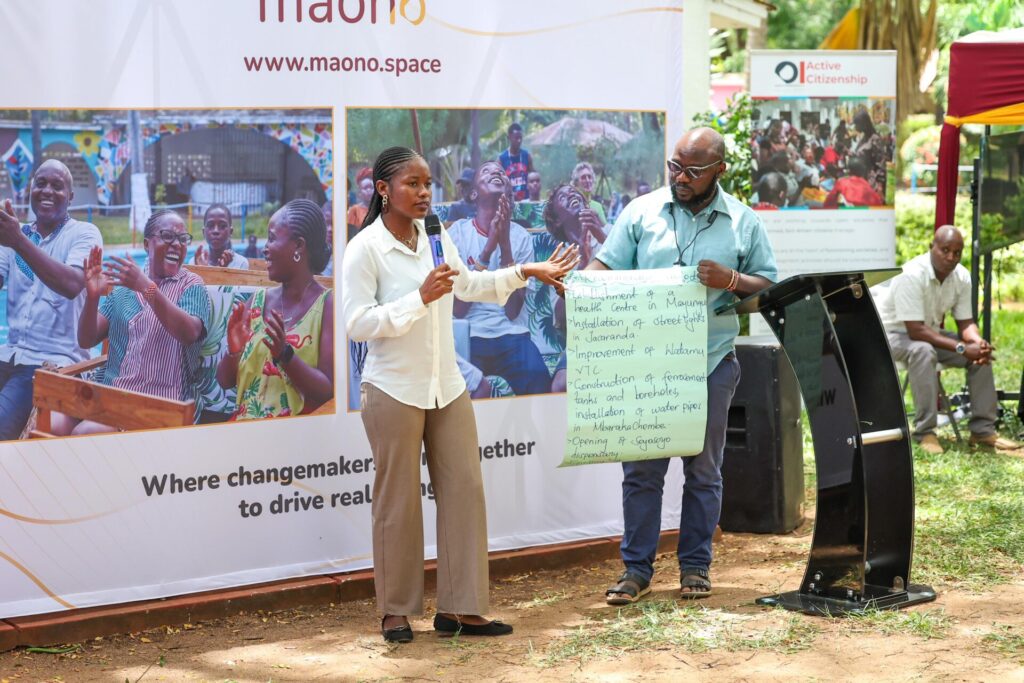
Citizen ward representatives presenting data and priority projects by ward
Later, one citizen representative and one community leader from each ward presented the priorities their communities had agreed upon. These priorities were shared in two ways: through digital dashboards and handwritten lists on manila papers.
Some citizens were witty, even sassy, drawing laughter from the crowd, but beneath the humor, their knowledge and determination were unmistakable. Government officials, including the Governor himself, took careful notes, signaling genuine engagement.
There were also powerful moments that underscored the weight of citizen voice. One ward representative stood up and announced that his community had refused to engage — insisting that the Governor visit them personally so they could speak to him directly. Another moving moment came when a woman, attending on crutches, explained that her injury had occurred on an unfinished road project in Kilifi.
These stories revealed the depth of Kilifi’s residents’ passion and determination to shape their county’s development. The sessions carried on well into the night, yet not a single government representative left the room. As the sun dipped below the horizon and darkness fell over Malindi, the session remained alive with dialogue; citizens pressing their concerns, leaders taking notes, and an unmistakable sense of history being made. It was a rare and powerful sight: government officials staying until the very end, fully engaged with the people they serve.
Turning Data into Decisions: The Governor’s Commitments
Governor Gideon Mung’aro made strong commitments that set the tone for a new era of governance in Kilifi. He declared that moving forward, there would be two “parallel governments” in Kilifi: the citizens and the county administration. This, he explained, would ensure that development is not only government-driven but also anchored in citizen voice and oversight.
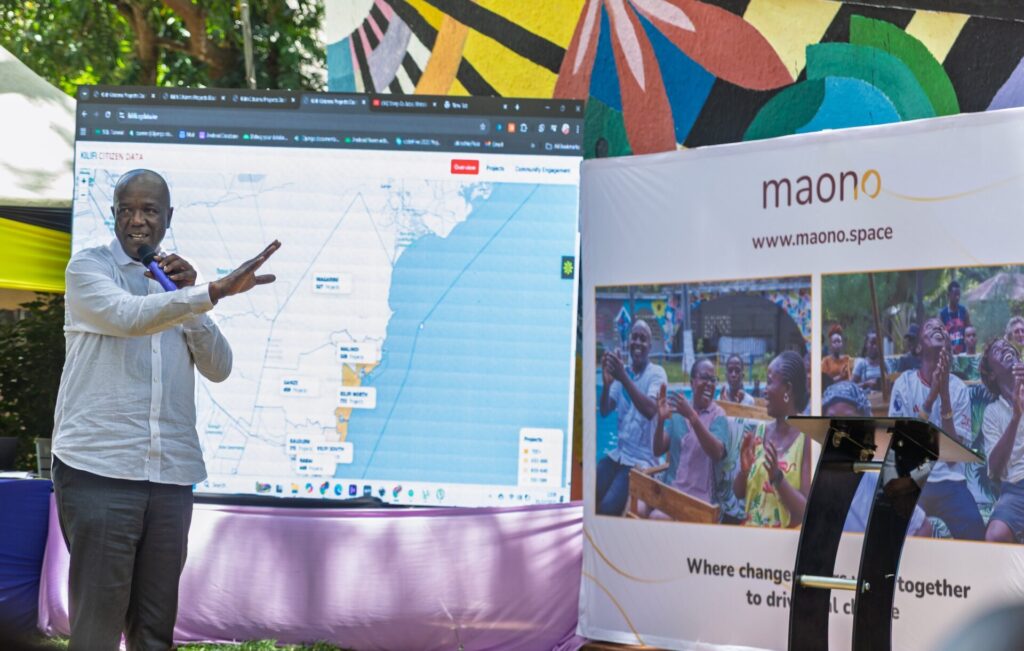
The Governor reaffirmed his confidence in the youth, citing their successful mapping of trade projects as proof of their ability to generate credible data and drive accountability. “It will no longer be business as usual,” he said, emphasizing that public participation targets — such as holding regular citizen meetings — would now be formally added to the responsibilities of ward administrators.
With his notes in hand, Governor Mung’aro went ward by ward, directly addressing the citizen priorities presented. For each stalled or incomplete project raised, he provided updates, context, and timelines where possible, while committing to see the projects completed. Recognizing the limits of time, he also proposed a follow-up meeting with the youth to conclude discussions that could not be finalized that day.
Importantly, the Governor committed to a public launch of the Kilifi County dashboards later this year, a move that represents a step forward in transparency and accountability. This moment was more than a dialogue; it was a powerful picture of what can happen when governments and citizens choose to work hand in hand for the development of their communities.
Social Accountability as a System, Not a Side Project
The Kilifi process illustrates a powerful truth: social accountability is not a side project — it is a system.
At Maono, citizens generated evidence, presented it directly to leaders, and secured commitments, all within the same forum. With tools developed by the Open Institute, citizen scorecards are evolving into living instruments that can scale across counties and sectors, creating a replicable model of accountability.
This approach resonates with broader global efforts. For example, the World Bank has been advancing citizen scorecards in health, education, and agriculture, recognizing that when citizen voices are systematically integrated into governance, service delivery improves and trust is restored.
The Road Ahead
Our experience in Kilifi, and in counties like Nandi and Homa Bay, shows the potential of citizen-driven data to transform governance. By integrating citizen voice and commentary, government departmental data, service delivery outcomes and ward-level priorities, we are building a replicable model of accountability that counties can adopt to strengthen devolution.
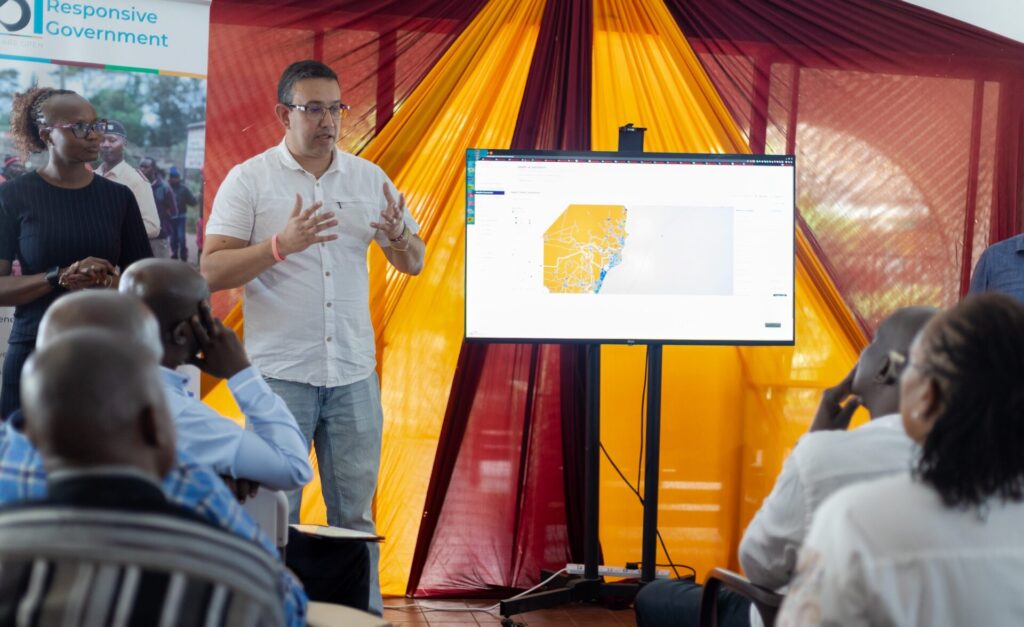
Active citizenship, when combined with open data and responsive governance, sets the stage for a truly inclusive and accountable Kenya. Kilifi is showing that this is not just an aspiration—it is already happening.

